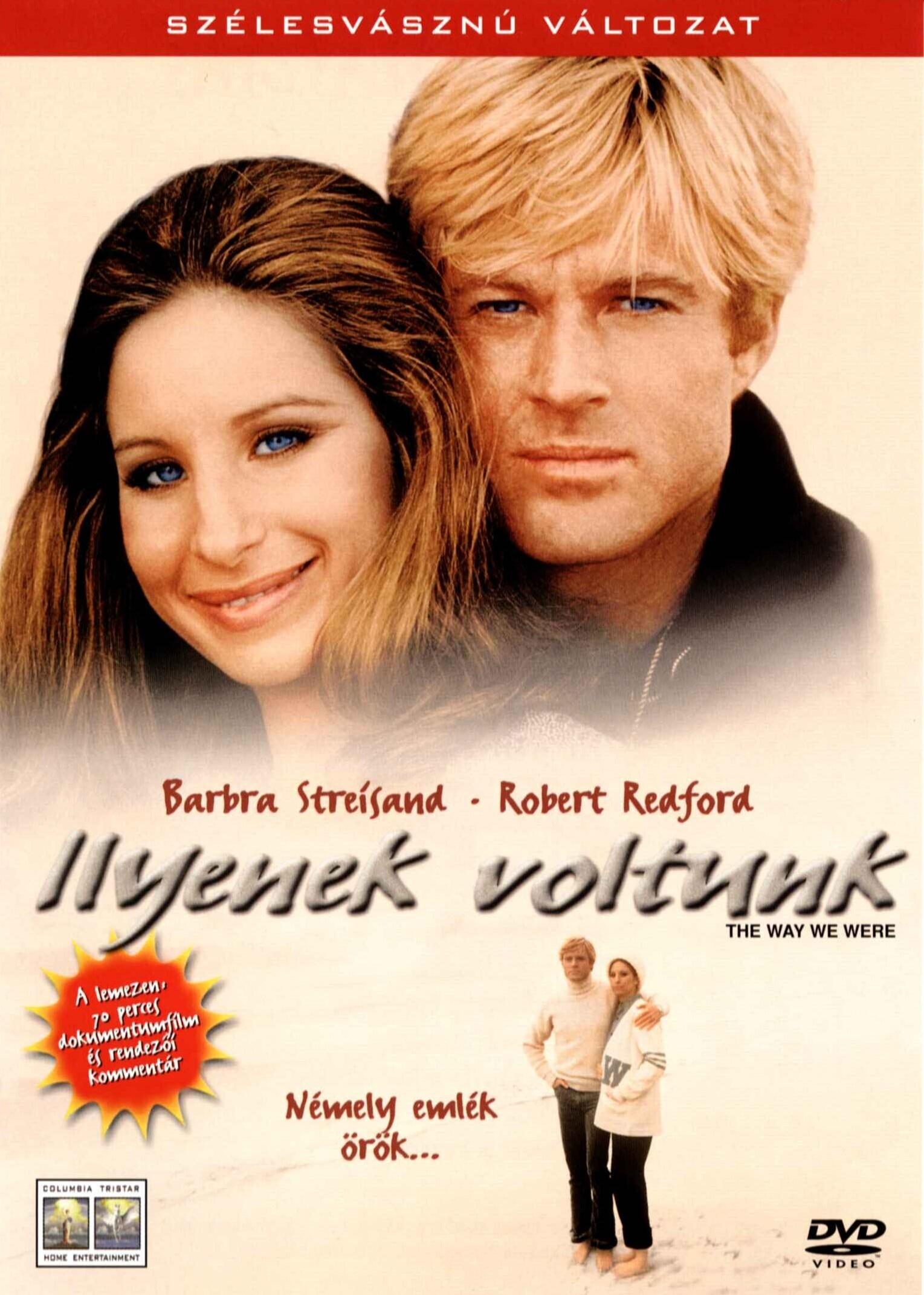

The years of theory and harmony at Juilliard can take you just so far. I can’t give you a musical explanation of why one melody is better than another‐I either respond or I don’t. I can only say that one day I wrote a melody that just got to me. You may wonder how I knew when I’d written the “right” melody. By doing this, I tried to give a sense of hope to this tragic story. And Although this song would reflect a heartbreaking story, I decided to write it in the major mode, not in the minor mode. In the musical score for this film, and the theme song, I wanted to reflect the sorrow and despondency and pain of the relationship and its outcome, the frustration and yearning of the woman in the relationship, and the star‐crossed nature of it all. Never was there a more harsh critic of my work than me. Unlike Juilliard, where a jury of three decided whether I would maintain my scholarship, here there was a jury of one. How many The Way We Were’s there were, I cannot tell you. I couldn’t wait to get to the piano, and I put in weeks and weeks of struggle to find the right theme. For this I would certainly work “on spec,” and I must confess that I sensed from the beginning that this was going to be my watershed in the movies.
#THE WAY WE WERE MOVIE#
I think this is up your alley, and I’d like to give you a chance, he didn’t tell me till the end of the conversation that the director was Sydney Pollack, the stars were Barbra Streisand and Robert Redford, and the movie was The Way We Were. When Ray Stark said to me: “Marvin, I’m working on a new picture which needs a theme song. Notes from Composer Marvin Hamlisch about the film “The Way We Were” and his musical score for this film:


 0 kommentar(er)
0 kommentar(er)
